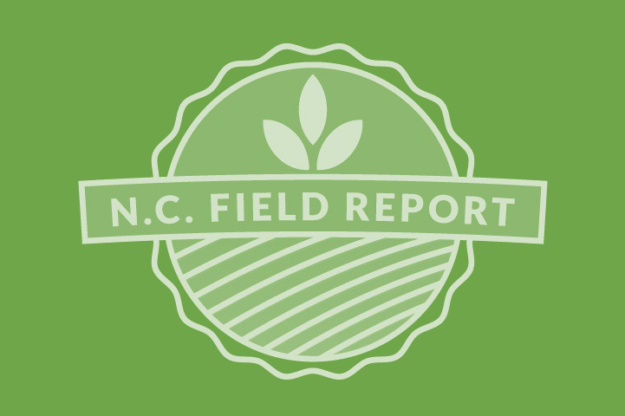Soybean Winter Nursery Speeds Up Variety Development
The soybean season hasn’t yet started in NC, but in Puerto Rico, it is going strong. Puerto Rico is used by many public and commercial breeders as an off-season nursery. This provides breeders the opportunity to get one (or two) additional crops in each season which helps speed up the variety development process. Developing…
Details

